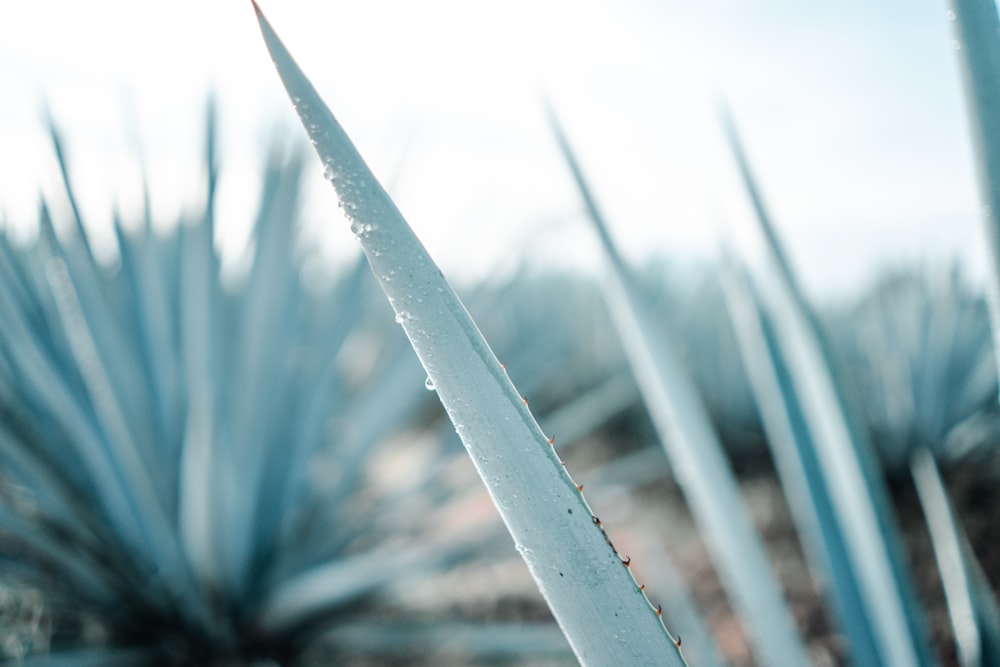Agave Attenuata Problems
Fox tail agave is a succulent that thrives in warm environments with moderate humidity. Although partial shade conditions can be tolerated, sudden changes in lighting should be avoided as much as possible.
Water should be applied once per week during hot seasons (unless it rains ) while during the dormant phase in winter it should be reduced accordingly.

Watering
Fox Tail Agave) is not overly sensitive to drought conditions; however, to ensure its best conditions of growth and performance. A single feeding of diluted, balanced fertilizer during its growing season should suffice; you should discontinue this practice once dormant period arrives.
Fox Tail Agave plants should be propagated via offsets that form around their parent plant rather than trying to root cuttings from cuttings. Once an offset has been found, simply cut it away from its parent and allow it to dry before planting in well-draining potting soil such as cactus mix and perlite; make sure the neck of the plant reaches 1 inch below soil surface level before watering frequently – keep in mind that agave roots may rot if overwatered!
Regular trimming of offshoots is recommended in order to prevent overcrowding of an agave plant and delay its development. Agaves with too many leaves have difficulty accessing water and nutrients from their roots to their leaves, which hinders its growth. Furthermore, regular pruning will remove any potential threats like the Agave Snout Weevil which is known to damage this succulent by producing holes in its leaves and stems.
Temperature
Temperature of the environment is also crucial when growing agave attenuata plants, although they can tolerate a range of temperatures. They thrive best in warmer environments. Summer months provide ideal growing conditions; water frequently to ensure sufficient hydration levels are met during this season. High temperatures or direct sunlight should be avoided to protect them from burning or dying out prematurely.
To avoid extreme heat exposure, plants should be placed in areas where sunlight hits from an indirect angle only. Also planting nearby other vegetation which provides shade can provide additional cooling; placing plants in containers filled with rocks or other objects that provide sufficient coverage can also protect their roots from scorch damage.
Foxtail agaves are relatively low maintenance plants that make great additions to modern gardens and desert landscapes, while their unique appearance will draw people in from faraway lands. Their lack of spines poses no threats to either children or animals playing nearby, making foxtail agaves an ideal choice for areas where children and pets play.
Although Agave attenuata plants can be susceptible to many pests and diseases, most can be avoided with proper care. Root rot can occur if overwatered or neglected; to minimize root rot risk it’s essential that soil remains moist but not overly wet at all times.
Light
Agave attenuata plants, more commonly known as Foxtail Agaves, make beautiful outdoor accents in desert and Southwestern landscapes. These evergreen succulents thrive either individually or grouped together for dramatic effects; potted containers work especially well as these evergreen succulents make an impactful statement in any setting. Though best-suited for southwestern and Mediterranean gardens, Foxtail Agaves can also serve as focal points in gravel/rock gardens or be added as accent/border plants in flower beds – adding added interest even in succulent or cacti-themed gardens!
These plants prefer full sun to partial shade conditions. When moving them to new lighting environments, they should gradually adapt over the course of several weeks to avoid shock. Like other agave species, foxtail agave produces numerous offshoots or suckers which should be pruned regularly to ensure adequate water and nutrient distribution.
Though these plants can be easily managed, agave attenuata plants may occasionally require special attention due to issues like drooping leaves or fungal diseases. To combat this issue, it’s a good idea to check on them periodically and ensure they’re receiving enough light; you may also need to fertilize regularly so as to maintain vibrant, healthy plants that won’t succumb to snails/slugs/soft plant scale/weevil damage. These species tend to be resistant to most pests/disease but still vulnerable against snail/slugs/soft plant scale/agave snout weevil.
Pruning
The Agave Attenuata is an elegant plant, both as a specimen in a rock garden or part of an oasis-style landscape. Its fleshy green leaves form an arching rosette shape resembling an enormous open flower; hence its common moniker of Swan’s Neck Agave. Arch height may reach 60 inches while inflorescences may extend ten feet away. Offshoots clump together to form thicker growth that blooms into small greenish-yellow flowers after several years have gone.
Although agaves are generally slow-growing plants, overwatering them can cause their roots to rot and make it more difficult for the plant to get the moisture and nutrients they require for survival. If your agave attenuata has yellow leaves, check if Agave Snout Weevil (an insect known as an Agave Weevil) is an issue in your region; otherwise it could simply be lacking enough sunlight; move it to a sunnier spot if necessary.
Fox tail agaves do not require frequent feedings of fertilizer, but do benefit from being provided with light doses of diluted and balanced fertilizer once every growing season. Don’t fertilize during winter as the plant goes dormant. Regular pruning of Agave attenuata plants is important in order to maintain their beauty; you should remove any dead leaves at the base that detract from its overall look as these will distract from its overall beauty and prune offshoots frequently as crowded plants may become stressed and lose their vibrant looks.
Read this also: Columnar Cactus Types






